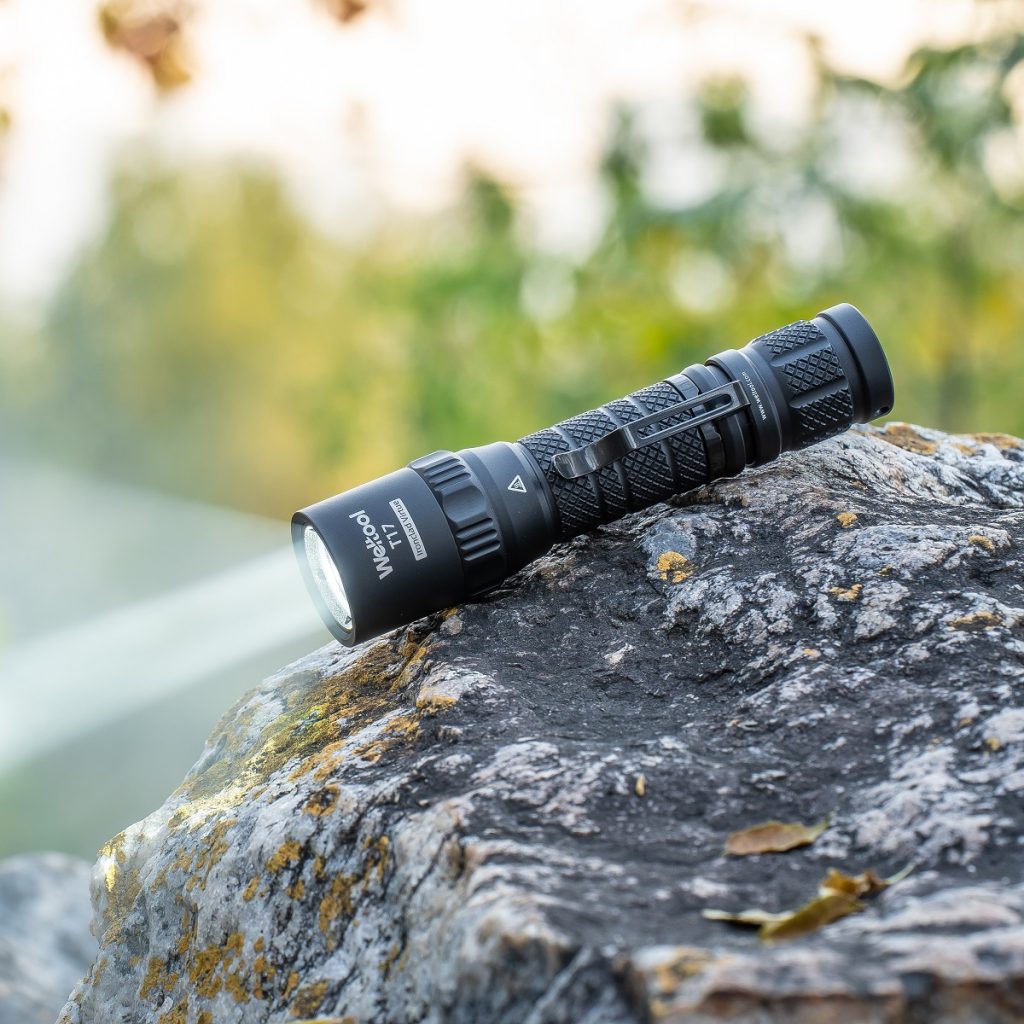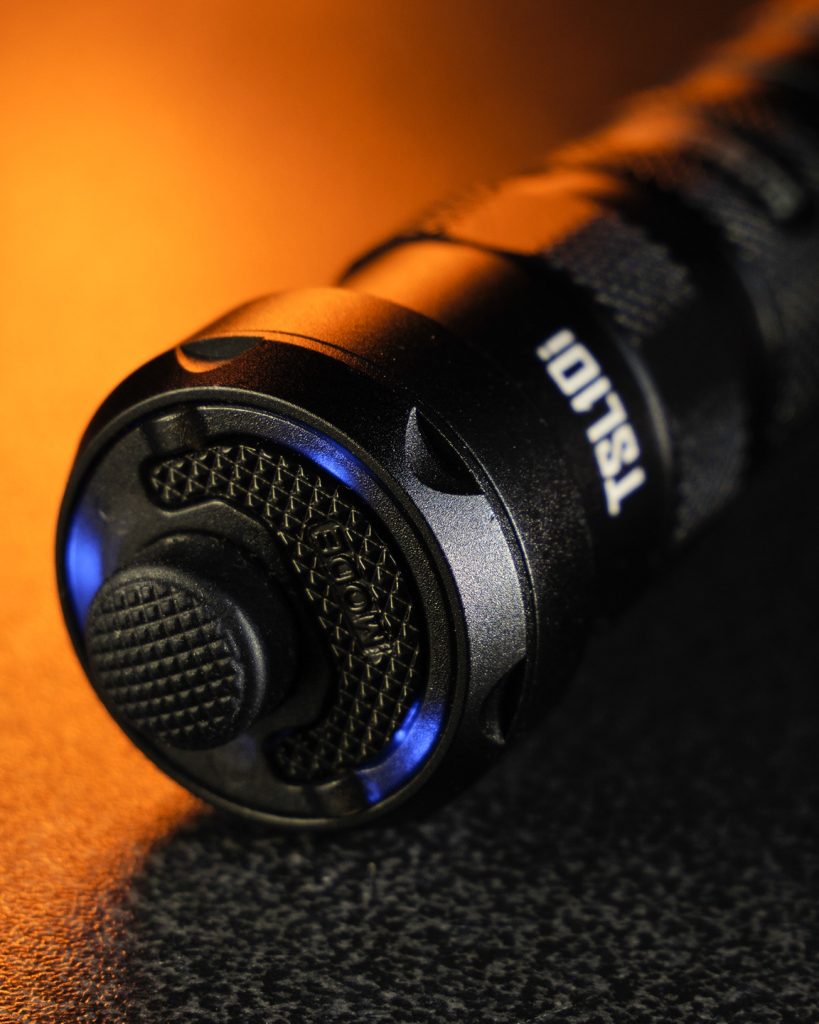A dependable flashlight is an indispensable tool for a wide range of activities. Whether you’re camping under the stars, hiking through rugged terrain, or navigating a power outage, the right flashlight for sale can make all the difference. Over the years, flashlights have evolved from basic incandescent bulbs to advanced LED technology, offering greater efficiency, brightness, and durability. In this guide, we’ll explore the key considerations for choosing the perfect flashlight for your needs.
Understanding Flashlight Basics

To make an informed choice, it’s important to understand the fundamental features of a bright and powerful flashlight torch and how they impact its performance.
Light Output
The brightness of a flashlight is measured in lumens, which indicates the total light emitted. Flashlights range from low-lumen models suitable for reading maps to high-lumen torches that can light up an entire campsite. Choosing the right lumen level depends on your intended use; for example, a flashlight for emergencies might need fewer lumens than one used for outdoor exploration.
Beam Distance
Beam distance refers to how far the light can travel. A flashlight’s beam distance depends on factors like bulb power and reflector design. Long-range beams are ideal for spotting objects in the distance, while short-range beams work well for close-up tasks.
Beam Pattern
Flashlights come with various beam patterns to suit different purposes:
- Flood Beam: Provides a wide, evenly dispersed light, perfect for illuminating larger areas like campsites.
- Spot Beam: Offers a focused, intense beam for long-distance viewing.
- Adjustable Focus: Some models allow you to switch between flood and spot beams, adding versatility.
Types of Flashlights
Different activities and scenarios call for specific types of flashlights. Understanding these categories can help narrow down your options.
Everyday Carry (EDC) Flashlights
Compact and lightweight, EDC flashlights are designed for convenience. They’re ideal for everyday tasks such as finding keys in the dark or navigating dimly lit areas. Despite their small size, many EDC flashlights offer impressive brightness and long battery life, making them versatile tools for emergencies and occasional outdoor activities.
Headlamps
Headlamps provide hands-free illumination, making them perfect for activities like hiking, camping, or repairing equipment in low light. Key considerations for headlamps include brightness, comfort, weight, and battery life. A good headlamp should balance functionality with ease of wear, ensuring you can focus on your task without discomfort.
Tactical Flashlights
Designed for self-defence and tactical situations, these flashlights are built with durability and power in mind. Tactical flashlights typically feature high-intensity beams, robust construction, and additional features like strobe modes for disorienting potential threats. They are popular among law enforcement, military personnel, and outdoor enthusiasts seeking reliable performance.
Lanterns
Lanterns provide ambient light, making them ideal for camping, emergencies, and power outages. They come in various designs, including collapsible and hanging styles, and often feature multiple brightness settings. Lanterns are especially useful for illuminating large spaces or creating a cosy atmosphere in the great outdoors.
Key Features to Look For

When shopping for a flashlight, certain features should be prioritised to ensure it meets your needs.
Bulb Type
Modern flashlights predominantly use LEDs due to their energy efficiency, long lifespan, and bright output. Some LED flashlights also offer high CRI (Color Rendering Index) options, which render colours more accurately. A useful feature for tasks like reading maps or identifying objects.
Battery Type
Battery choice significantly affects convenience and cost:
- Rechargeable Batteries: Environmentally friendly and cost-effective in the long run, these batteries can be charged via USB or other power sources.
- Disposable Batteries: Widely available and convenient for emergencies but less sustainable.
Durability
A durable flashlight for sale is essential for outdoor adventures and rugged conditions. Look for models with impact-resistant materials, water-resistant seals, and robust construction to ensure they can withstand drops, rain, and rough handling.
Choosing the Right Flashlight for Your Needs
Selecting the perfect flashlight starts with identifying your specific requirements and preferences.
Intended Use
Think about where and how you’ll use the flashlight. For everyday carry, prioritise portability and moderate brightness. When looking for camping or hiking essentials, choose a flashlight with high lumens, adjustable focus, and long battery life. For emergencies, opt for a model with extended battery life and durability.
Brightness and Beam Distance
Match the flashlight’s light output and beam distance to your activities. A higher-lumen flashlight is better for outdoor adventures, while lower lumens work well for close-up tasks.
Size and Weight
Portability is key for flashlights you’ll carry frequently. Lightweight and compact designs are easier to handle and store, especially for hiking. While larger flashlights may offer more power and features, they can be cumbersome to carry around.
Battery Life and Charging Options
Consider how long the flashlight needs to run between charges. Rechargeable models are great for regular use, while disposable batteries provide a backup option for emergencies. The former may have a higher upfront cost, but they can save money in the long run.
Durability and Water Resistance
For outdoor and rugged use, prioritise flashlights with high durability ratings. Look for waterproof models if you’ll be using the flashlight in wet or rainy conditions. This comes particularly handy for camping, hiking or fishing trips where the weather can be unpredictable.
























